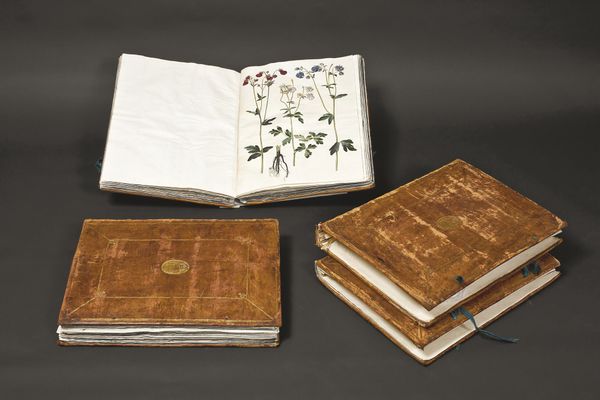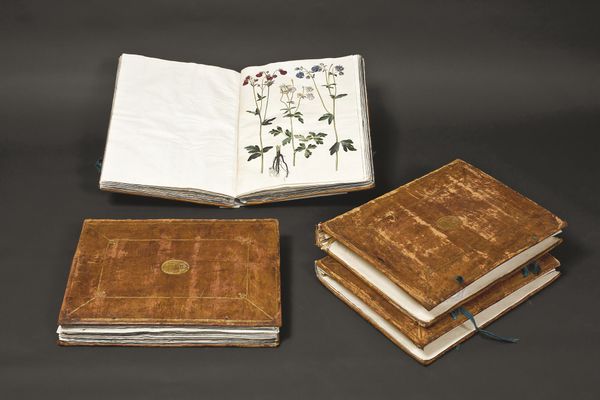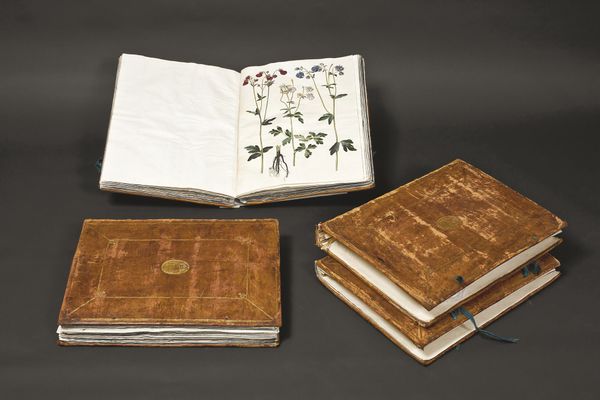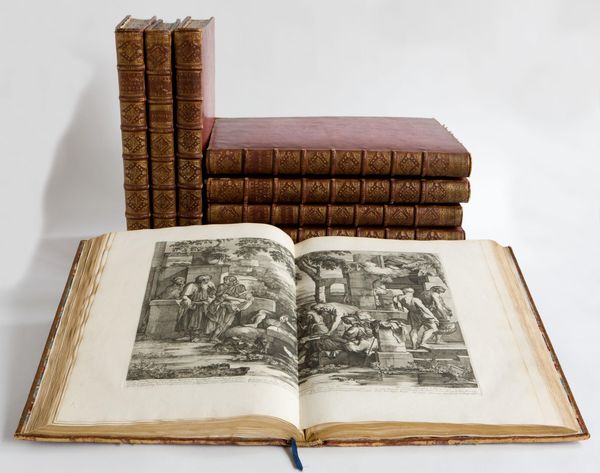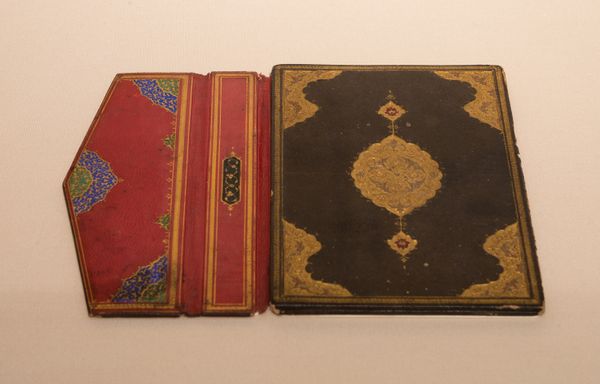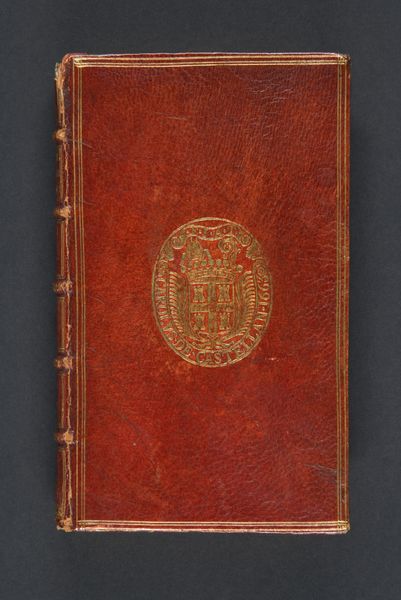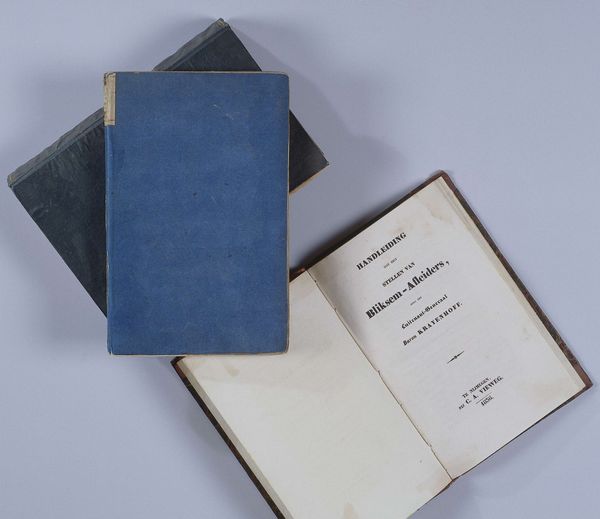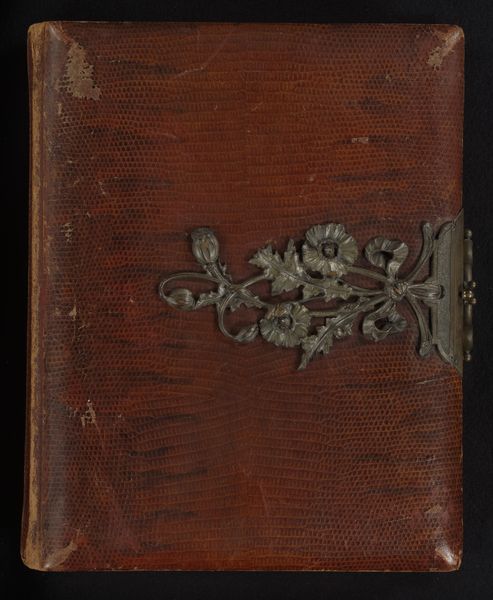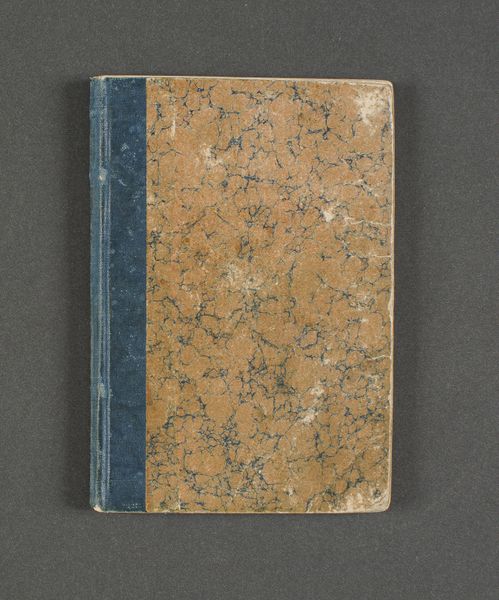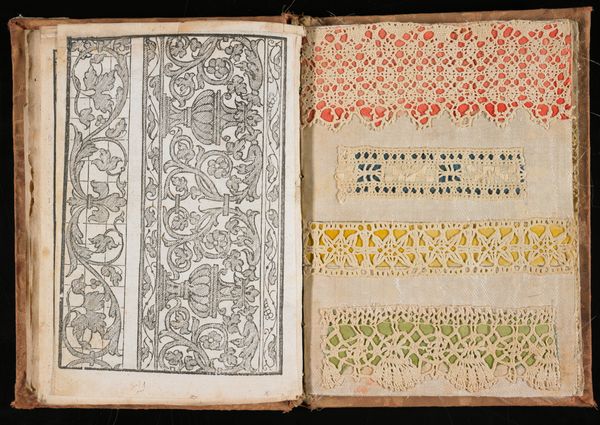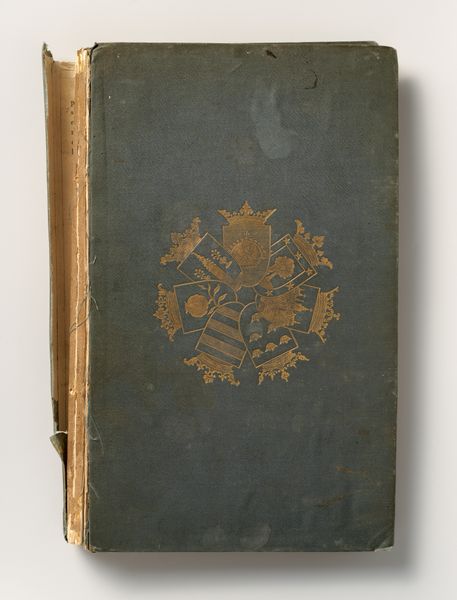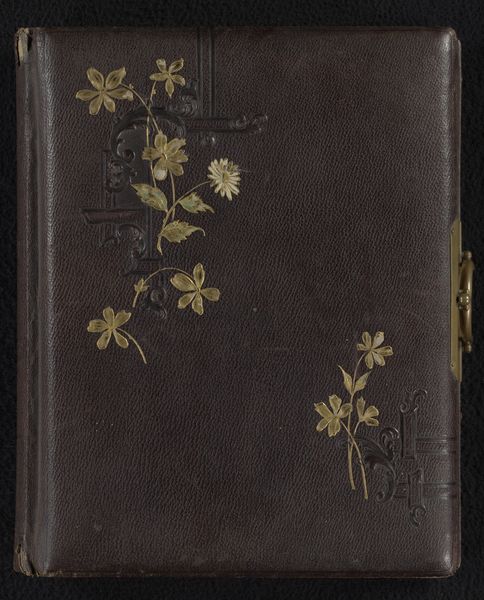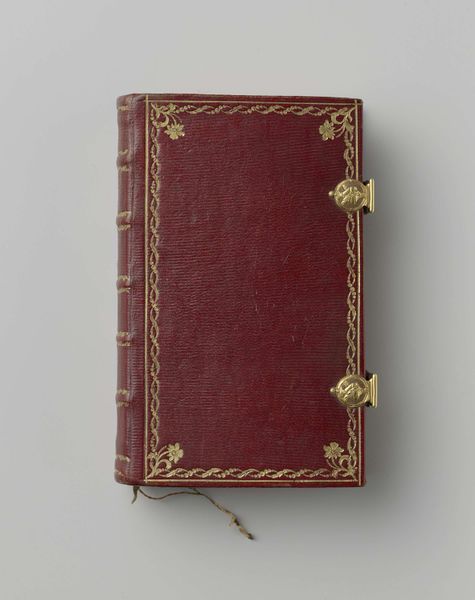
drawing, gouache
#
drawing
#
gouache
#
landscape
#
11_renaissance
#
northern-renaissance
Dimensions: 505 mm (height) x 385 mm (width) (monteringsmaal)
Editor: So, here we have the "Gottorfer Codex, bd. 2" created between 1649 and 1659, by Hans Simon Holtzbecker. It’s made with drawing and gouache and appears to be one in a set of volumes showcasing detailed botanical illustrations. I find myself immediately drawn to the meticulous detail in the plants and the almost scientific quality. What story do these books tell us, and how would you interpret them? Curator: Well, seen from a historical perspective, these codices transcend mere botanical records; they embody the political aspirations and cultural values of their time. Gardens were potent symbols of power, order, and control, and commissioning such detailed documentation served to showcase the patron's wealth, influence, and command over the natural world. This was Northern Renaissance and the public display of erudition through knowledge and nature would reflect that power. What do you think of the scale? Editor: I see what you mean, gardens were essentially curated statements. In terms of the scale of detail, each flower appears carefully considered. Curator: Exactly, the intense detail and realism suggest the artist had access to rare and exotic plants. It also begs the question: Who got to see this book? And where? Was it public in any sense? These details contribute to its social significance, don't you agree? Editor: Absolutely! Thinking about where the botanical studies came from, it could have very well have served as a conversation piece with foreign emissaries or members of their court. That helps contextualize the function. Curator: It is through objects like the Gottorfer Codex that we can analyze the social functions of art, examining how they shape historical narratives, cultural identities, and relations of power in both private and public sectors. We’ve both come to see this object as a statement piece intended to relay knowledge and power.
Comments
No comments
Be the first to comment and join the conversation on the ultimate creative platform.
